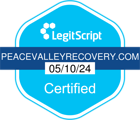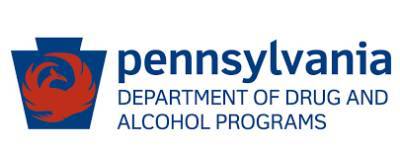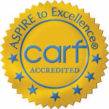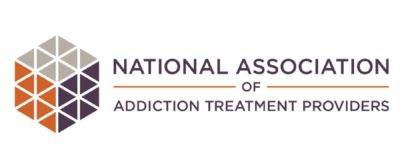The Role of Vivitrol in Opioid Addiction Recovery
![]() | 4.9 Google Reviews
| 4.9 Google Reviews
![]() | 4.9 Google Reviews
| 4.9 Google Reviews
Peace Valley Recovery is located in Bucks County, Pennsylvania. Our mission is to provide patient-centered care that focuses on healing and recovery from addiction. This blog provides information, news, and uplifting content to help people in their recovery journey.
The impact of the opioid epidemic in the United States shows no signs of slowing down. There were over 46,000 drug overdoses that involved opioids in 2018. Statistics show higher numbers of deaths due to overdose every year and there has never been a greater need for opioid addiction recovery options than there is today.
Prescription painkillers, heroin, fentanyl, and other opioids are highly addictive drugs. And once you’re hooked on them, quitting is not an easy task. Your body adapts to the drugs and when you stop using you experience numerous uncomfortable physical and psychological reactions. These withdrawal symptoms are a large part of what makes quitting so difficult.
Once the detox period is finished, working to prevent relapse and stay drug-free becomes your main focus. You don’t want to go through withdrawal symptoms again. Thankfully there are increasing numbers of options to support those trying to stay clean and sober.
Vivitrol is one of the latest medications on the market for those in opioid addiction recovery. It solves some of the concerns people have with alternatives such as Suboxone or methadone. What is the role of Vivitrol in opioid addiction recovery? Continue reading to learn more.
What is Vivitrol?
Vivitrol is a medication made to support individuals in opioid addiction recovery. It is the brand name for the drug naltrexone, an opioid antagonist medication. Vivitrol binds to and blocks the opioid receptors throughout the body. Unlike opioid agonists like naloxone which activate these receptors, opioid antagonists prevent their activation.
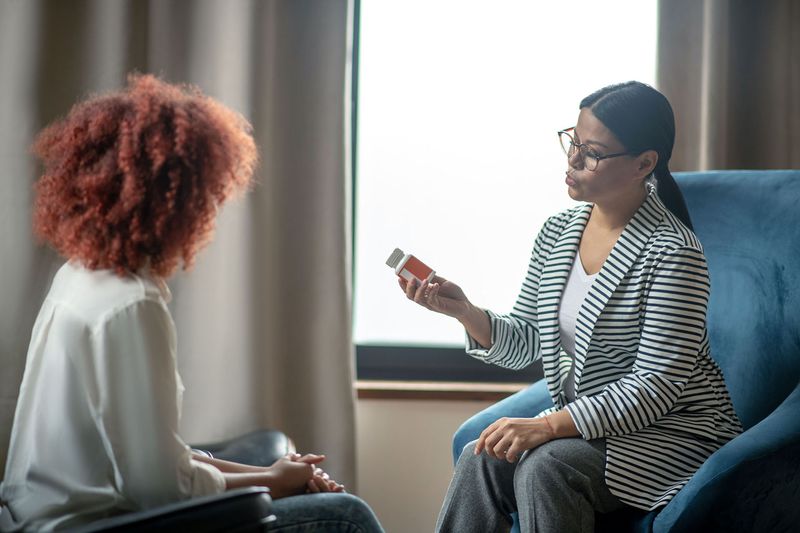
Vivitrol is dispensed once every four weeks in the form of an intramuscular injection. The opioid-blocking effects last for an entire month before needing to return to the doctor’s office for the next injection. This makes Vivitrol one of the simplest options for opioid addiction recovery medications. Most others require users to remember to take a pill every day.
How Does Vivitrol Work?
Vivitrol binds to opioid receptors without activating them, which relieves opioid cravings while keeping users clear-headed. In addition to reducing cravings, the medication also blocks the ability to get high on opioids. The drugs cannot bind to the body’s opioid receptors because naltrexone is already in place.
This addresses two of the major concerns that come with opioid addiction recovery: cravings and relapse. Vivitrol removes the distraction of cravings and reduces the likelihood of relapse since users can’t feel high. And since a dose of naltrexone lasts all month, individuals are free to focus entirely on building a solid recovery foundation during their time in drug rehab.
What Are the Side Effects of Vivitrol?
Using Vivitrol for opioid addiction treatment comes with some side effects, just like there are with most other medications. Most of the side effects of Vivitrol are mild when it’s used as prescribed under the supervision of a physician. Some of these effects include:
- Reactions at the injection site (swelling, redness, or pain at the area of injection)
- Common cold or the flu
- Difficulties sleeping
- Toothaches
- Increased blood pressure
- Headaches
Most of these are not severe side effects and they diminish within a few days or weeks of starting naltrexone. In addition to these side effects, there are also chances of experiencing more serious side effects of Vivitrol treatment. They aren’t as common as those listed above but it’s important to be aware of them.

Some of the serious side effects caused by Vivitrol include severe reactions at the site of injection. These include a hard lump at the site, swelling that worsens over time, dark scabbing, or severe pain.
Vivitrol can also cause impacts on your liver. These include possible liver swelling, also known as hepatitis, or changes in your liver function. Other serious side effects include pneumonia, an allergic reaction to the medication, or symptoms of depression. Your physician will look for any adverse reactions that may occur as a result of your Vivitrol treatment.
Are There Any Downsides to Vivitrol?
Vivitrol is a great tool for those trying to stay opioid-free. There are some things to keep in mind if the medication is part of your opioid addiction recovery treatment plan, though. The benefits do come with some downsides.
First, users must be completely opioid-free for 7 to 14 days before starting treatment with Vivitrol. If there are opioids in a person’s system when they begin treatment, the medication causes them to immediately experience drug withdrawal symptoms.
If you relapse on opioids while receiving Vivitrol treatment you must wait for another one to two weeks before going back for another injection. This includes drugs such as cough and cold medicine, painkillers, or any other opioid medication.
It’s also important to avoid opioids while using Vivitrol. Again, the medication blocks opioid receptors and prevents people from feeling the effects of those drugs. But blocking their effects does not eliminate the possibility of an overdose. Some people try to take more to overpower the Vivitrol but all this does is put them at risk of an opioid overdose.
How Effective is Vivitrol for Opioid Addiction Recovery?
Studies on Vivitrol show it’s an effective option for opioid addiction recovery treatment. One study conducted over 24 weeks showed that 36 percent of those who took Vivitrol stayed opioid-free. Meanwhile, only 23 percent of those who took a placebo medication were able to avoid relapsing.
Vivitrol is not an effective solution on its own, though. It is not a cure for opioid addiction. Instead, the medication should be incorporated as part of a comprehensive treatment plan that includes numerous approaches. Vivitrol relieves the effects of opioid cravings and helps patients focus their efforts on counseling, addiction education, group therapy, and more.
Are you struggling with an opioid addiction? Have you tried quitting on your own but found it’s difficult to stay drug-free? You might benefit from Vivitrol-assisted opioid addiction treatment. You have numerous options available to help you get clean and stay clean.
If you’re interested in learning more about opioid addiction treatment, reach out to one of our admissions counselors. They can answer any questions you may have regarding the role of Vivitrol in opioid addiction recovery or treatment programs in general. Call us to speak with someone today!
Sources:
- National Institute on Drug Abuse: https://www.drugabuse.gov/drug-topics/opioids/opioid-overdose-crisis
- Drugs.com: https://www.drugs.com/vivitrol.html
- MedlinePlus: https://medlineplus.gov/genetics/condition/opioid-addiction/
- Johns Hopkins Medicine: https://www.hopkinsmedicine.org/opioids/signs-of-opioid-abuse.html
- Vivitrol: https://www.vivitrol.com/
- Medical News Today: https://www.medicalnewstoday.com/articles/326499
You May Also Like to Read
Holistic Approaches to Addiction Recovery
Holistic Approaches to Addiction Recovery in Pennsylvania Authored by Chris Schumacher, | Medically Reviewed by Peace Valley [...]
Navigating the Holidays in Recovery
Navigating the Holidays in Recovery Authored by Chris Schumacher, | Medically Reviewed by Peace Valley Recovery Editorial [...]
Legal and Social Issues in Recovery
Legal and Social Issues in Recovery Authored by Chris Schumacher, | Medically Reviewed by Peace Valley [...]




